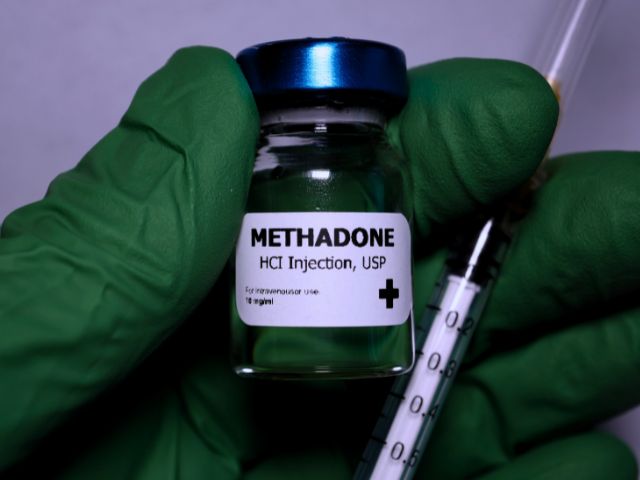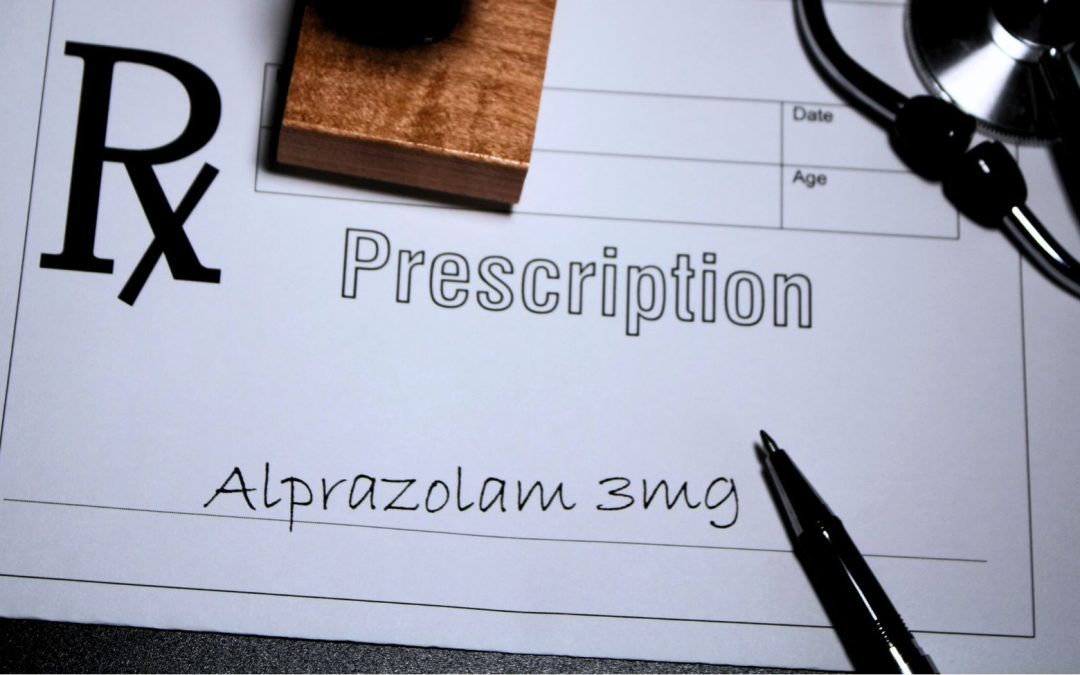What are the Legal and Ethical Issues with Medication Assisted Treatment?
Nurses need to be aware of the legal and ethical issues, of MAT especially if they’re involved firsthand in a Medication Assisted Treatment clinic. The general public relies on patient education by nurses, so nurses must be well-informed about these issues.
One of the primary ethical concerns surrounding MAT is ensuring equitable access to treatment for all individuals with substance use disorders. Limited availability or high costs of medications and treatment programs may result in health disparities, preventing some individuals from receiving the help they need.
There is a stigma associated with MAT for substance use disorders, particularly for medications like methadone and buprenorphine used in opioid addiction treatment. This stigma can lead to discrimination against individuals seeking MAT, potentially hindering their recovery and reintegration into society.
Ethical practice requires that individuals provide informed consent before starting MAT. This includes a clear understanding of the benefits, potential risks, and alternative treatment options available. Sometimes, individuals with a substance abuse disorder may be in vulnerable states, and it is essential to ensure they are fully aware of their treatment choices.
Respecting patient autonomy is crucial. Some people may prefer non-medication-based treatment approaches or may wish to discontinue MAT at a certain point. Balancing autonomy with the best interests of the patient can be challenging.
There may be concerns about the long-term use of medications in MAT, particularly when it comes to opioid agonist medications like methadone. Some critics argue that using medications to treat addiction is merely replacing one addiction with another.
Medications used in MAT, such as methadone and buprenorphine, have the potential for diversion and misuse. If not adequately monitored and controlled, these medications can end up on the black market, exacerbating the opioid crisis.
MAT programs are subject to various regulations, licensing requirements, and oversight. Legal issues can arise concerning the appropriate use, prescribing practices, and documentation related to MAT.
In some situations, MAT may be mandated as part of a court order or as a condition for parole or probation. The ethics of coerced treatment can be complex and raises questions about whether such approaches are truly effective.
Medication Assisted Treatment raises ethical considerations when pregnant individuals with a substance abuse disorder are involved. Decisions about medication use during pregnancy must balance the potential benefits for the patient with the potential risks to the fetus.
There could also be potential conflicts of interest if the provider of MAT also has a financial interest in the medication being prescribed.
Addressing these legal and ethical issues requires collaboration among policymakers, healthcare providers, researchers, and individuals with lived experiences of addiction. By ensuring that MAT programs are evidence-based, patient-centered, and sensitive to the ethical complexities involved, we can improve the quality and accessibility of treatment for substance use disorders.









